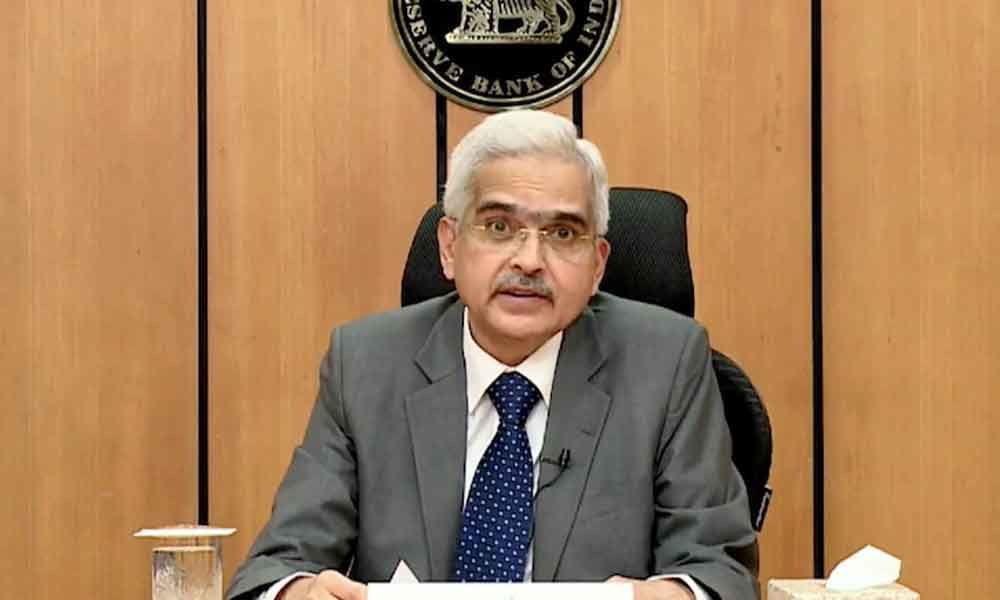
The six-member monetary policy committee of the Reserve Bank of India (RBI) headed by Governor Shaktikanta Das, has decided to keep key lending rates unchanged for the sixth consecutive time, in its June 2021 policy review meeting held between June 2 to 4, 2021. The RBI’s Monetary Policy Committee (MPC) has decided to continue with an accommodative stance until necessary to mitigate the impact of COVID-19. The next meeting of the MPC is scheduled from August 4 to 6, 2021.
Buy Prime Test Series for all Banking, SSC, Insurance & other exams
The Marginal Standing Facility (MSF) rate and bank rates remain unchanged:
- Policy Repo Rate: 4.00%
- Reverse Repo Rate: 3.35%
- Marginal Standing Facility Rate: 4.25%
- Bank Rate: 4.25%
- CRR: 4%
- SLR: 18.00%
RBI Monetary Policy Highlights & Key Decisions:
- The RBI also downgraded the GDP growth forecast for FY22 to 9.5 per cent compared with 10.5 per cent earlier.
- On the other hand, growth is a bigger concern. The Gross Domestic Product (GDP) contracted 7.3 per cent in FY21.
- Recently, SBI economists had sharply cut their FY22 GDP growth estimates to 7.9 per cent from what was 10.4 per cent earlier.
- The Reserve Bank of India Governor Shaktikanta Das announced a projection for Consumer Price Index (CPI) inflation at 5.1 per cent for FY 2021-22.
- G-SAP 2.0 worth ₹1.2 lakh crore will be taken in the second quarter of FY22 to support the market.
- The rupee snapped its three-day losing streak and closed 18 paise higher at 72.91 against the US dollar.
The composition of the Monetary Policy Committee is as follows:
- Governor of the Reserve Bank of India – Chairperson, ex officio: Shri Shaktikanta Das.
- Deputy Governor of the Reserve Bank of India, in charge of Monetary Policy– Member, ex officio: Dr Michael Debabrata Patra.
- One officer of the Reserve Bank of India to be nominated by the Central Board – Member, ex officio: Dr Mridul K. Saggar.
- A professor at the Mumbai-based Indira Gandhi Institute of Developmental Research: Prof. Ashima Goyal.
- A professor of finance at the Indian Institute of Management in Ahmedabad: Prof. Jayanth R Varma.
- An agricultural economist and a senior adviser with the National Council of Applied Economic Research in New Delhi: Dr Shashanka Bhide.
Some important instruments of Monetary Policy:
The RBI’s Monetary Policy has several direct and indirect instruments which are used for implementing the monetary policy. Some important instruments of Monetary Policy are as follows:
Repo Rate: It is the (fixed) interest rate at which banks can borrow overnight liquidity from the Reserve Bank of India against the collateral of government and other approved securities under the liquidity adjustment facility (LAF).
Reverse Repo Rate: It is the (fixed) interest rate at which the Reserve Bank of India can absorb liquidity from banks on an overnight basis, against the collateral of eligible government securities under the LAF.
Liquidity Adjustment Facility (LAF): The LAF has overnight as well as term repo auctions under it. The term repo helps in the development of the inter-bank term money market. This market sets the benchmarks for the pricing of loans and deposits. This helps in improving the transmission of monetary policy. As per the evolving market conditions, the Reserve Bank of India also conducts variable interest rate reverse repo auctions.
Marginal Standing Facility (MSF): MSF is a provision that enables the scheduled commercial banks to borrow an additional amount of overnight money from the Reserve Bank of India. Bank can do this by dipping into their Statutory Liquidity Ratio (SLR) portfolio up to a limit at a penal rate of interest. This helps the banks to sustain the unanticipated liquidity shocks faced by them.
Important takeaways for all competitive exams:
- RBI 25th Governor: Shaktikant Das; Headquarters: Mumbai; Founded: 1 April 1935, Kolkata.





 Which City is known as the City of Bambo...
Which City is known as the City of Bambo...
 Who was the First Prime Minister of Indi...
Who was the First Prime Minister of Indi...







